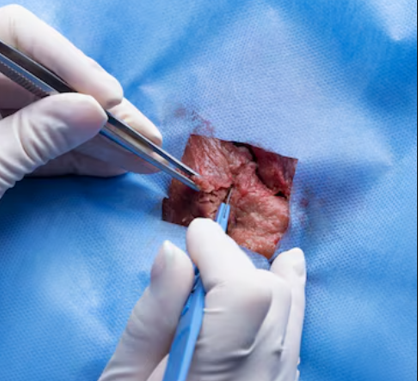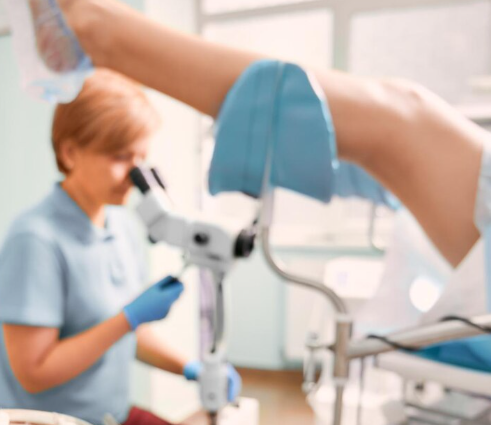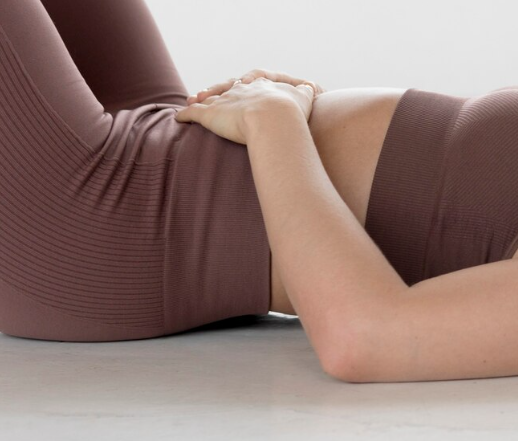Treatment Overview
Innovative Laparoscopic Fibroid Removal in Korea represents the forefront of minimally invasive gynecologic surgery. This program merges Korea’s world-class surgical expertise with cutting-edge laparoscopic technology to deliver precise, safe, and effective treatment for uterine fibroids. With a strong focus on patient-centered care, Korea’s leading hospitals employ innovative techniques that reduce recovery time, preserve fertility, and optimize surgical outcomes.
Uterine fibroids — benign tumors that develop in the uterus — affect a significant proportion of women globally. They can cause heavy menstrual bleeding, pelvic pain, infertility, and pressure symptoms affecting bladder or bowel function. Innovative laparoscopic fibroid removal in Korea addresses these challenges with advanced imaging, refined surgical methods, and customized treatment protocols.
Top medical centers such as Samsung Medical Center, Asan Medical Center, Severance Hospital, CHA Bundang Women’s Hospital, and Ewha Womans University Mokdong Hospital offer this specialized procedure. Surgeons integrate laparoscopic precision with patient-specific planning to ensure optimal outcomes and minimal disruption to patients’ daily lives.
Purpose & Benefits
The purpose of innovative laparoscopic fibroid removal is to deliver effective fibroid treatment with minimal surgical trauma, faster recovery, and improved patient satisfaction. This approach emphasizes surgical accuracy, reduced invasiveness, and long-term health benefits.
Key benefits include:
- Minimally Invasive Surgery: Small incisions reduce pain, scarring, and recovery time.
- Precision Fibroid Removal: Advanced laparoscopic tools and high-definition imaging ensure complete excision while preserving healthy uterine tissue.
- Fertility Preservation: The uterus is maintained to support future pregnancies.
- Reduced Blood Loss: Modern laparoscopic techniques minimize intraoperative bleeding.
- Faster Recovery: Patients typically return to normal activities within 1–2 weeks.
- Short Hospital Stay: Most procedures require only a brief hospitalization.
- Improved Long-Term Outcomes: Precise removal lowers the risk of recurrence and improves quality of life.
Korea’s innovative laparoscopic approach to fibroid removal reflects a strong commitment to excellence, safety, and patient satisfaction.
Ideal Candidates
This surgical program is suitable for women with symptomatic fibroids who seek an advanced, minimally invasive solution. Ideal candidates include:
- Women with heavy menstrual bleeding, pelvic pain, or pressure symptoms caused by fibroids.
- Patients with single or multiple fibroids requiring accurate removal.
- Women wishing to preserve their uterus and fertility.
- Patients preferring minimally invasive surgery over open procedures.
- Women seeking a tailored surgical approach with advanced recovery protocols.
Korean gynecologic specialists conduct thorough preoperative evaluations using advanced imaging and diagnostic tools to ensure a customized surgical plan.
Possible Risks & Complications
Although innovative laparoscopic fibroid removal is very safe, patients should be aware of potential risks:
- Bleeding: Rare, but possible, particularly in cases involving large or vascular fibroids.
- Infection: Low risk due to sterile surgical protocols.
- Adhesion Formation: Reduced with minimally invasive methods but still possible.
- Injury to Surrounding Organs: Rare due to enhanced laparoscopic visualization and precision.
- Fibroid Recurrence: Possible, although careful excision reduces the risk.
Korean hospitals mitigate these risks with expert surgical planning, advanced technology, and meticulous postoperative care.
Techniques Used
Innovative laparoscopic fibroid removal in Korea employs cutting-edge techniques to ensure precise removal and optimal outcomes:
- High-Definition Laparoscopy: Provides clear visualization of fibroids and surrounding tissue for accurate removal.
- Energy-Based Dissection Tools: Reduce blood loss and preserve healthy tissue.
- Ultrasonic Guidance: Allows real-time mapping of fibroids during surgery.
- Single-Port Laparoscopy: Minimizes incisions for better cosmetic results and faster healing.
- Precision Suturing Techniques: Restore uterine integrity and minimize scarring.
- Customized Surgical Plans: Adapted to the patient’s fibroid type, size, and reproductive goals.
These innovations enable surgeons to provide patient-specific solutions while minimizing invasiveness and optimizing recovery.
Recovery & Aftercare
Recovery from innovative laparoscopic fibroid removal in Korea is generally faster and more comfortable compared to traditional open surgery. Most patients resume daily activities within 1–2 weeks, with minimal postoperative discomfort.
Aftercare includes:
- Postoperative monitoring to ensure complete healing.
- Tailored pain management strategies.
- Guidance on diet, exercise, and activity resumption.
- Fertility counseling for patients planning conception.
- Follow-up imaging to monitor for recurrence and uterine health.
Korean hospitals ensure a structured aftercare process to support full recovery and improve long-term health outcomes.
Results & Longevity
Innovative laparoscopic fibroid removal offers long-lasting relief from fibroid-related symptoms, improved quality of life, and preserved reproductive function. Korea’s focus on precision and patient-centered care ensures high success rates and reduced recurrence compared to conventional methods.
Studies show that minimally invasive laparoscopic fibroid removal significantly improves postoperative recovery, reduces complications, and supports better long-term results for women of reproductive age.
Treatment Process in Korea
- Consultation: Detailed review of symptoms, medical history, and diagnostic imaging.
- Preoperative Planning: Custom surgical strategy based on fibroid size, location, and patient goals.
- Surgical Procedure: Minimally invasive laparoscopic excision with advanced imaging and energy-based tools.
- Recovery: Structured postoperative care to optimize healing and comfort.
- Follow-Up: Imaging and consultations to ensure successful recovery and monitor uterine health.
Korean hospitals ensure this process is efficient, patient-focused, and designed for optimal outcomes.
Cost Range
Costs for innovative laparoscopic fibroid removal in Korea vary depending on the procedure and hospital:
- Standard Laparoscopic Myomectomy: ₩4,000,000 – ₩7,000,000 KRW ($3,000 – $5,200 USD)
- Robotic-Assisted Laparoscopic Myomectomy: ₩9,000,000 – ₩14,000,000 KRW ($6,800 – $10,500 USD)
- Single-Port Laparoscopic Surgery: ₩8,000,000 – ₩15,000,000 KRW ($6,000 – $11,300 USD)
These prices reflect Korea’s world-class surgical expertise, advanced technology, and high-quality patient care.
Popular Clinics for Innovative Laparoscopic Fibroid Removal in Korea
- Samsung Medical Center – Specialists in minimally invasive gynecologic surgery with advanced laparoscopic technology.
- Asan Medical Center – Leaders in robotic-assisted laparoscopic myomectomy.
- Severance Hospital – Known for high-precision, fertility-preserving fibroid removal.
- CHA Bundang Women’s Hospital – Experts in tailored laparoscopic fibroid surgery.
- Ewha Womans University Mokdong Hospital – Combines innovative technology with holistic patient care.




